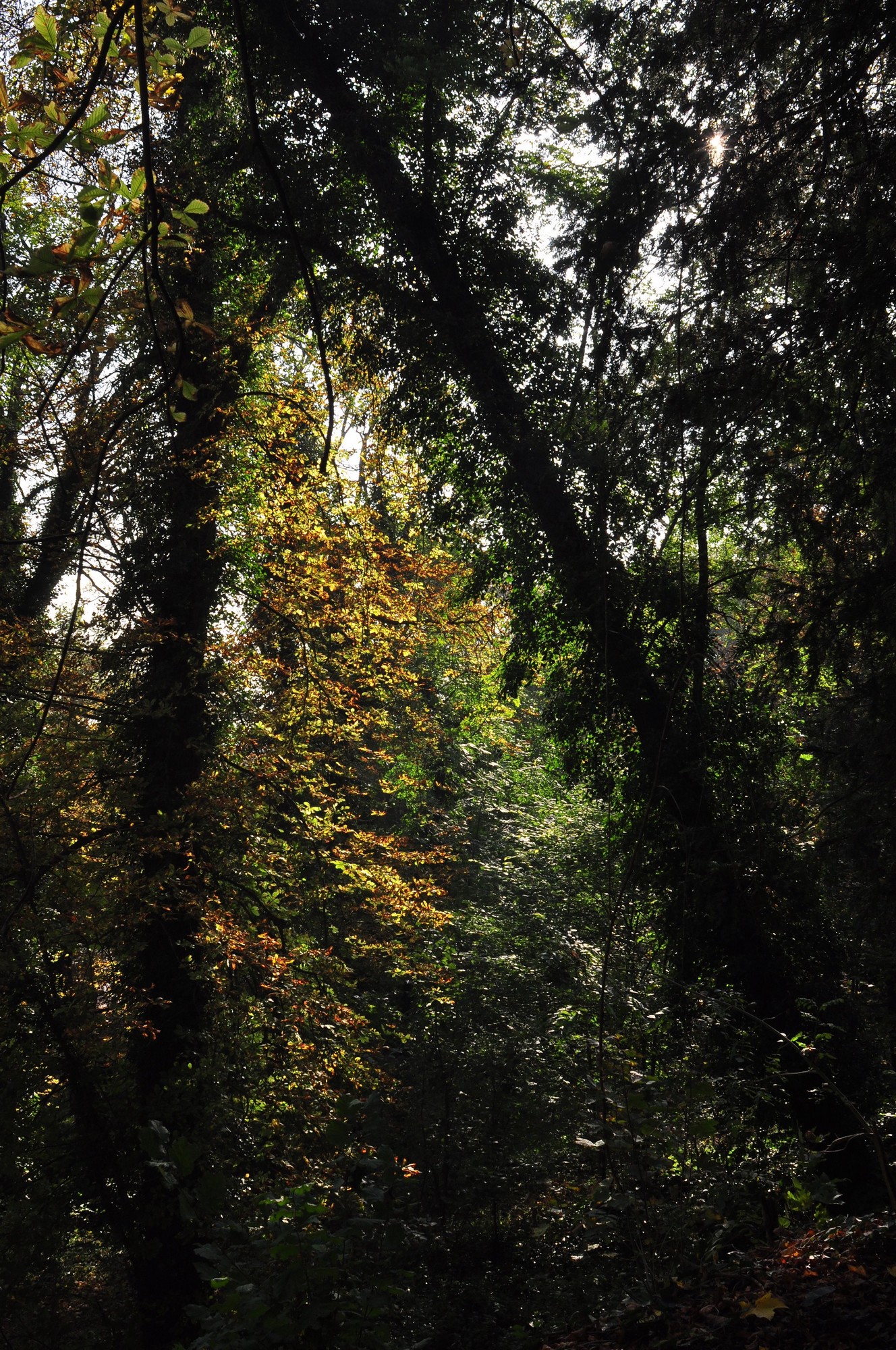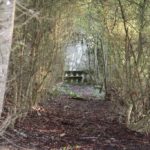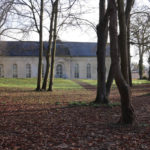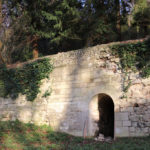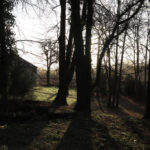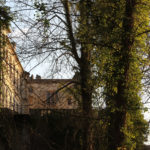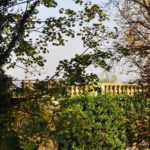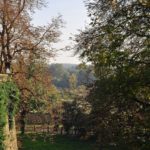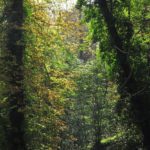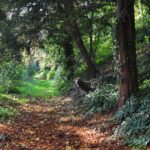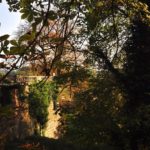A GARDEN INFLUENCED BY THE DUKE OF LA ROCHEFOUCAULD
“The Château de La Roche-Guyon was at its pinnacle in the 18th century under the influence of the Duke of La Rochefoucauld and his daughter, the Duchess of Enville, an enlightened aristocrat who imagined an English garden cultivated by Enlightenment thought.
She planned walking routes like philosophical and literary landscapes, planted with rare species and embellished by follies, caves and waterfalls conducive to discussions, reading and meditation.”
– Gabriel Wick, Un paysage des Lumières. Le jardin anglais du château de La Roche-Guyon (“An Enlightenment Landscape: The English Garden at the Château de La Roche-Guyon”), Paris: Artlys, 2014.
After lying dormant for nearly two centuries, nature has reasserted itself, although those in the know can still catch a glimpse of the remnants of an 18th century landscaped garden. Its beauty now resides in the contrast between the mineral world of the white chalk cliffs and the plant world of this woodland scene.
The “Mountain Walks” – now the English garden – are a series of four winding routes: the Trinity, Tower, Château and Priory Walks.
Each one has its own unique atmosphere and aesthetic. Visitors are invited to admire veritable living tableaux starring the surrounding scenery and changing according to the seasons and farm work. Long-gone structures (a gazebo, a pagoda and a thatched cottage) and the neo-Gothic gate once put the finishing touches on these arrangements designed to immerse visitors in another space and time or in an imaginary land.
While the sound of water has been silenced forever, you can still spot the old water features, like a 25 metre tall waterfall, the pond by the tower and the outlet of an aqueduct. Rococo caves inlaid with seashells and shards are scattered throughout the garden like so many places for rest and privacy.
Much more than a simple decorative space, this landscaped garden is the materialization of the sensibilities of one family – the Duchess of Enville’s family – whose members were passionate about agronomics, geology and art.In her château, the duchess regularly hosted her circle of friends: progressive intellectuals, statesmen and artists the likes of Jacques (Abbé) Dellile, Turgot, Jean-Marie Morel, Nicolas de Condorcet and Hubert Robert.
In spite of it all, the Duchess of Enville’s English garden remains a forgotten part of the property, as if hidden away with its memories. As a public institution, the aim of the Château de La Roche-Guyon is precisely to maintain the wild spirit of this space.
